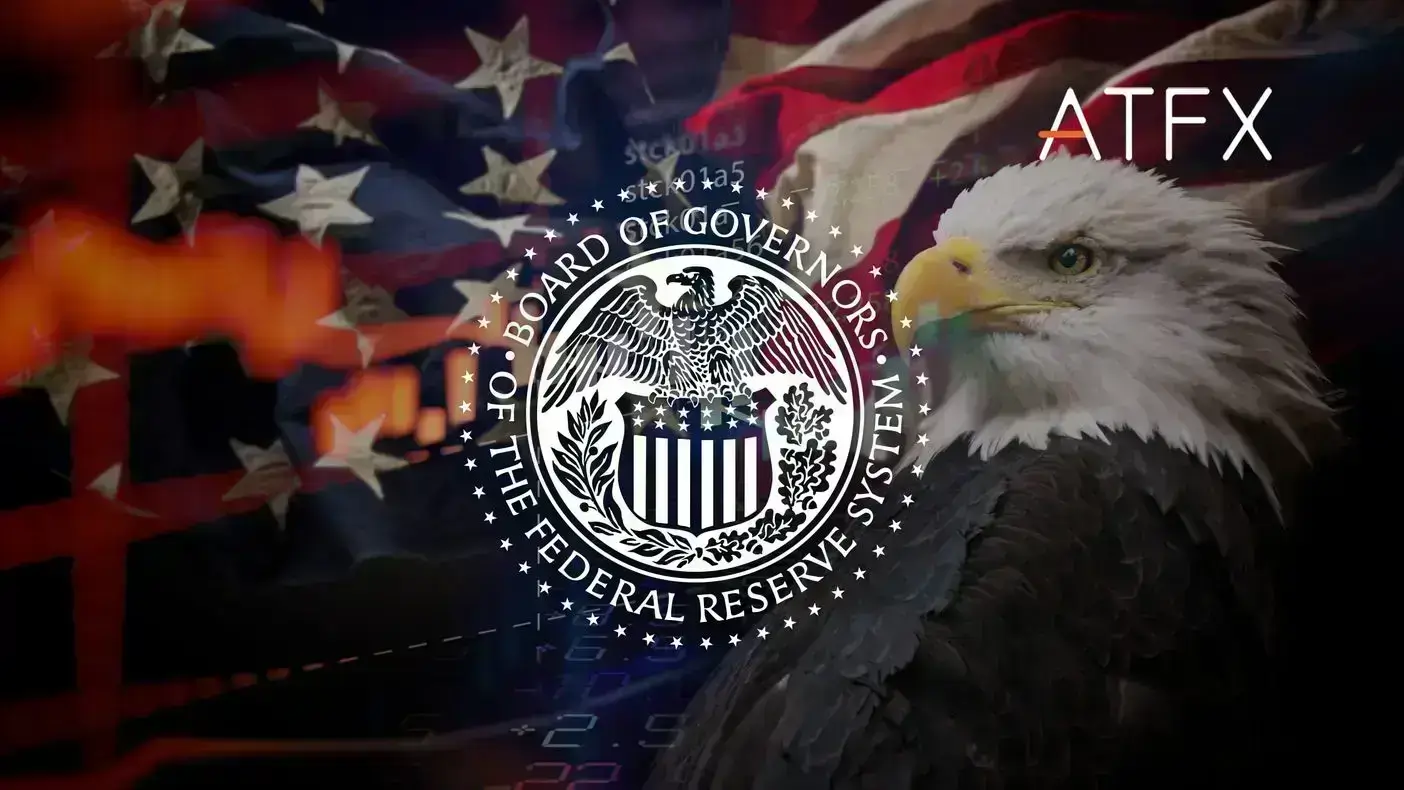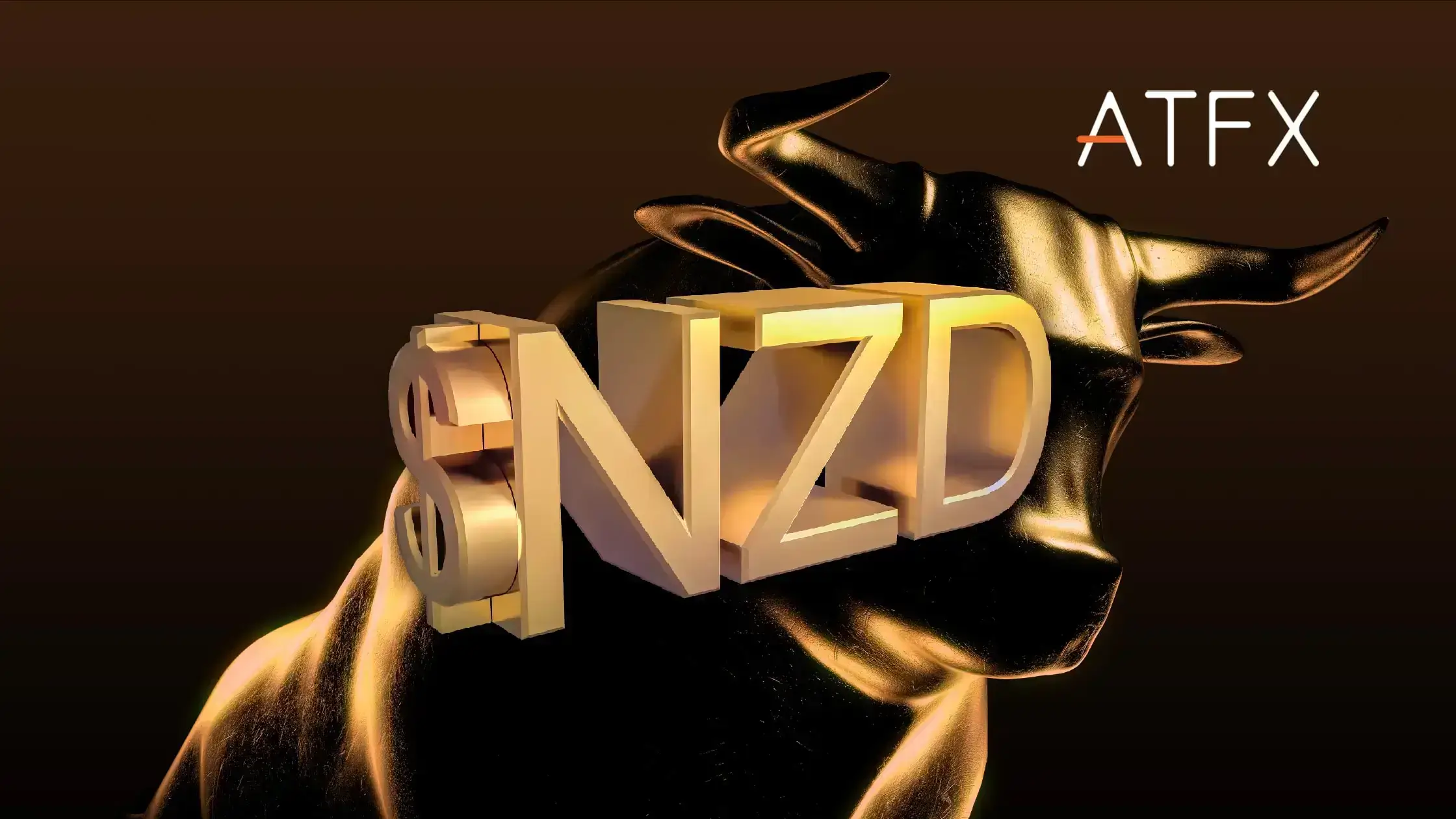The four major central banks will announce the results of their interest rate discussions on Thursday, while the Bank of Japan will announce its decision on Friday. The financial markets attach great significance to the central bank’s monetary policy outlook for next year, which guides the direction of the global investment market and allows investors to strategise for next year.
Among them, the Fed’s interest rate decisions and press conference will be released on Thursday. Given that the annual inflation rate in the United States soared to the highest levels in nearly 39 years in November, many expect the Fed to announce that it will speed up the reduction of debt purchases at any time now. In addition, the timing of interest rate hikes may also be brought forward to curb the rising inflation.
Before the Fed’s decision, investors were also concerned about the results of retail sales and PPI in the United States in November. The two data points will also significantly influence the US’s pace of interest rate hikes. Therefore, the US dollar may also be supported if the Fed adopts a hawkish stance on Thursday. Technically, the US dollar index is currently hovering around 96. If the above data and monetary policy decisions are positive, the US dollar is expected to test 96.70 or 97 levels. On the contrary, the US dollar exchange rate could fall to the 95.63 support level, and the expansion of the retracement could reach the 95.00 level.
Investors will also be paying attention to Switzerland, the United Kingdom and the European Central Bank on Thursday as they announce the results of their interest rate discussions. The markets are concerned about when the UK will raise interest rates. However, after the emergence of the Omicron COVID-19 virus variant, the British government has announced plans to increase epidemic prevention measures, which may hurt the country’s economic growth. Therefore, if the Bank of England announces that it will maintain interest rates and keep the size of its quantitative easing program unchanged, this may bring some downside risks to the pound. On the GBPUSD daily chart, the 1.33 resistance remains strong, which may limit the pair’s rise. Technically, if the pair falls below the recent low of 1.3160, it may extend the decline to the 1.30 range.
Another focus for investors is the European Central Bank’s interest rate decision. The market expects the central bank to announce an early end to the Epidemic Emergency Purchase Program (PEPP) and the expansion of the “Asset Purchase Program” (APP). The markets are also concerned about the European Central Bank’s outlook on inflation, which guides the central bank’s future decisions, including the pace of interest rate hikes. However, the European Central Bank has consistently stated that the region’s economic recovery is still fragile. Furthermore, the spread of the new COVID-19 virus variant in Europe has again led to new restrictions on economic activities, hurting the Eurozone economy.


